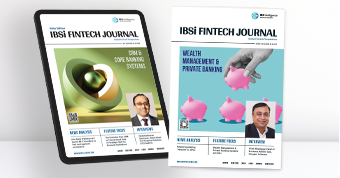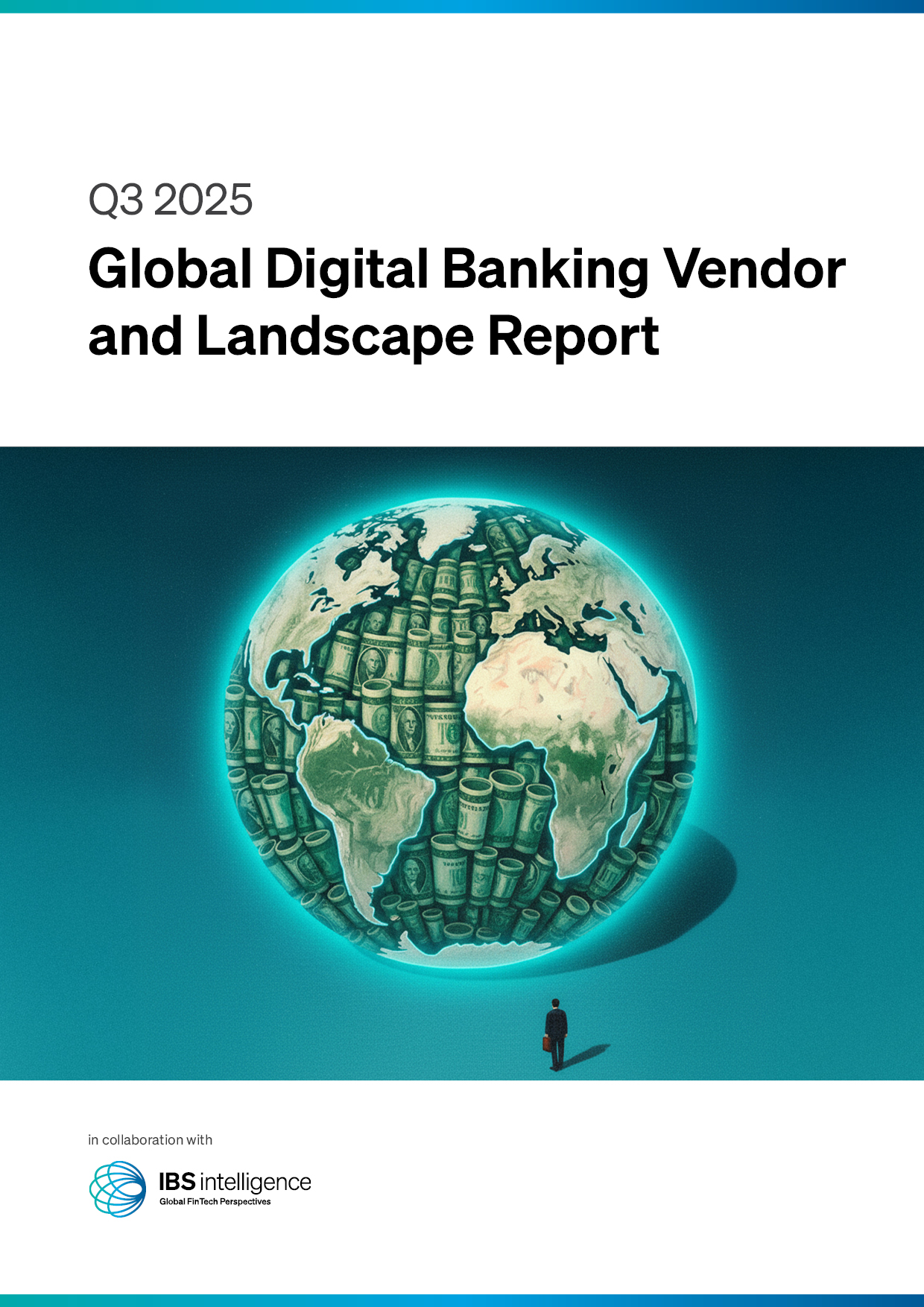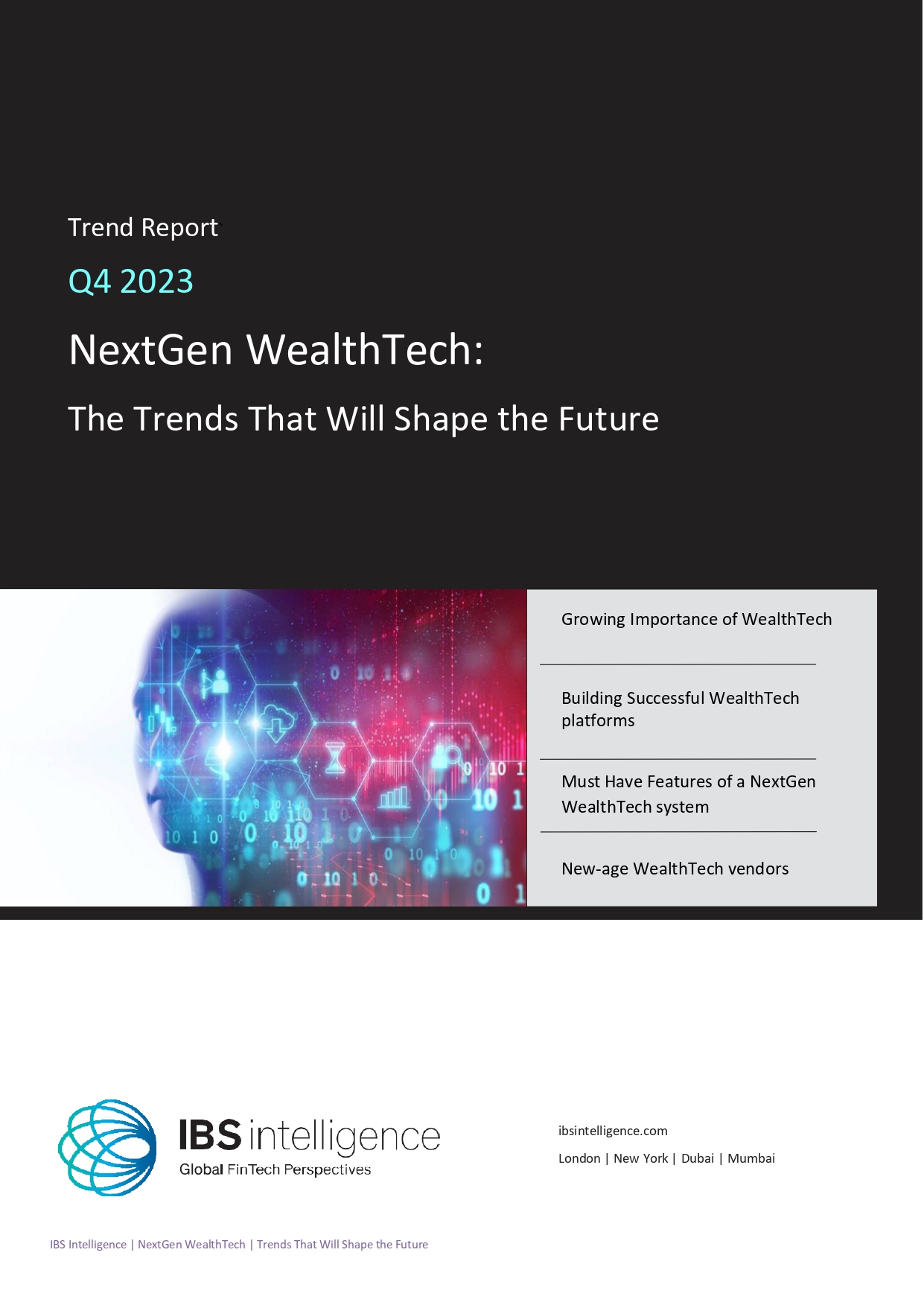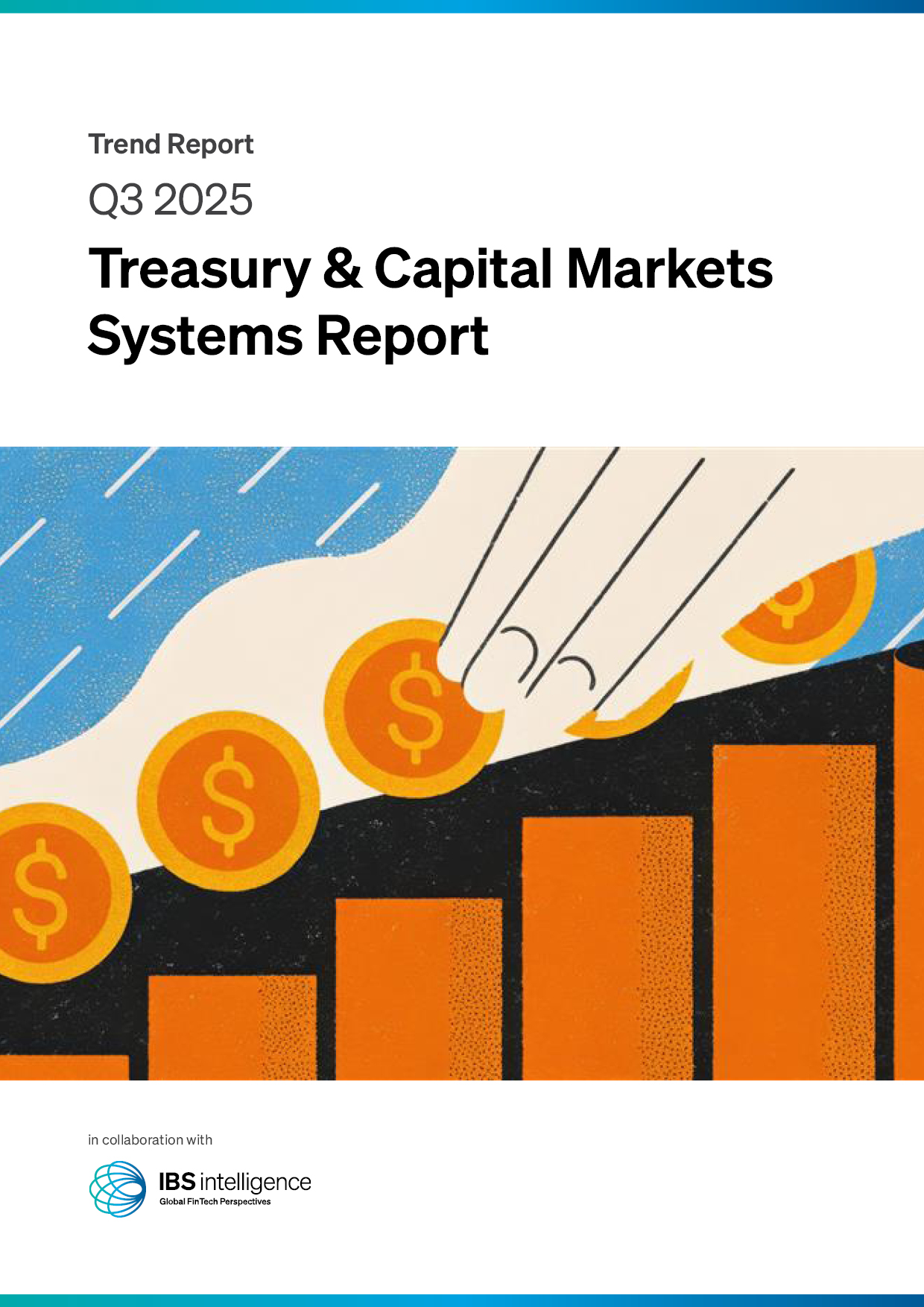 Back
Back
Intelligent payment orchestration – why 2025 is an inflection point for banks in Europe

By Thomas Warsop, President and CEO of ACI Worldwide
Thomas Warsop, President and CEO of ACI Worldwide, explains how intelligent payment orchestration can future-proof banks in a rapidly evolving digital economy.
Europe’s digital economy is evolving at speed. From instant payments and open banking to embedded finance and digital wallets, the way money moves is changing – and it’s changing fast. For many banks, the reality behind the scenes is akin to a tangle of legacy systems, siloed platforms and reactive processes that can’t keep pace.
As the year progresses, not all realise that 2025 will be a defining moment for the payments industry in Europe. The introduction of PSD3, the EU’s Instant Payments Regulation and the continued rollout of ISO 20022 represent more than just a regulatory change. They’re forcing banks to confront a fundamental truth: the payments infrastructure of the past is no longer fit for the demands of a digital-first economy.
Yet, this isn’t just a compliance challenge. It’s a strategic opportunity.
Payments transformation is the gateway to new business models, richer customer experiences and future-proofed operations. The real risk isn’t simply falling foul of regulators – it’s missing out on new revenue streams, partnerships and the opportunity to become a payments provider fit for a digital-first economy.
The growing cost of inaction
It’s no secret that European banks are under pressure from all sides: regulators, customers, geopolitical shifts and even internal operational challenges. Banks operate within an increasingly fragmented ecosystem where legacy technology continues to be a core issue and remains anything but ‘real-time’. These systems, often decades old, were never designed to handle the complexity, speed and cross-border interoperability required in today’s digital economy.
Instead of modernising, many have adopted a “patch and upgrade” mindset, layering new requirements onto ageing infrastructure. The result is a tangled web of siloed platforms—perhaps one for SEPA, another for cross-border rails and others still for cards and domestic schemes—each with its own costs, constraints and compliance risks and no unified way to handle it all. It becomes an exhaustive process.
Batch-based processing also remains another symptom of this outdated architecture. Many banks still process transactions in batches, resulting in delays that frustrate customers and businesses alike. This simply creates blind spots, especially in cross-border payments, where regulatory complexity and multi-bank involvement already slow things down. Yet, this is just half the battle.
At the same time, financial institutions face an uphill slog to meet complex compliance milestones. The broader shift toward open banking and PSD3 introduces even more regulatory pressure, including mandates around IBAN checks, fraud controls and instant payments across the eurozone. As the November 2025 ISO 20022 deadline approaches, many are struggling with the transition, and enlisting the aid of outside providers to meet compliance is part of a forward-thinking strategy – perhaps the only strategy with the time remaining.
But treating payments transformation as just another compliance exercise misses the bigger opportunity: to innovate, differentiate and monetise. Payments are no longer just a back-office function – they’re a strategic lever for growth. According to ACI’s Real-Time Payments: Economic Impact and Financial Inclusion report, instant payments alone are set to boost global GDP growth by $285.8 billion by 2028 – equivalent to the labour of 16.9 million workers.
Yet, many banks are still not in a position to seize that opportunity. Traditional banks typically have product rollout cycles of four to six months, a pace that can lead them to miss out on new payments-related revenue. As everything becomes ‘instant’, that kind of latency is not sustainable. And the longer banks delay, the higher the cost of catching up.
Orchestrating the future of payments
Payments transformation has traditionally been tied to large-scale infrastructure overhauls – expensive, time-consuming and often incompatible with legacy systems. But that approach has evolved. A new generation of payment orchestration platforms is offering a more realistic alternative: modernising systems from the top down rather than rebuilding from the ground up.
These orchestration layers sit above existing infrastructure, providing a unified control point that can intelligently route payments in real-time across networks, channels, borders and schemes. This allows banks to manage complexity and standardise operations without replacing core systems, an approach that’s especially valuable in environments with fragmented or regionally siloed technology.
Moreover, the cloud-native architecture and open APIs mean that orchestration solutions can support faster integration of new payment types, compliance requirements and third-party services without introducing new layers of complexity or risk. As payment volumes grow and regulatory demands increase, the ability to scale quickly while maintaining resilience becomes crucial. And an intelligent payment orchestration solution makes all the difference.
Beyond agility, orchestration improves efficiency. Rather than maintaining separate platforms for card and account-based payments, for example, payments orchestration enables unified control over various transaction system types. This consolidation also improves visibility across payments, liquidity and risk, giving banks the data they need for better decision-making and real-time payment management. Layered with value-added services such as analytics, orchestration can help unlock insights that support personalised services, smarter segmentation and more embedded financial offerings.
Fraud prevention is another area where orchestration adds value. By analysing real-time data across all payment types, these platforms can identify anomalies more effectively than siloed systems, helping banks reduce false positives and improve detection, particularly important in high-speed environments like instant payments and digital wallets. Intelligent payment orchestration also provides that shift away from legacy batch-based processes toward true real-time responsiveness.
To put it simply: European banks can no longer afford to delay. The days of multi-year, monolithic modernisation projects are behind us. What’s needed now is intelligent, incremental change to the digital infrastructure of payments. After all, the digital payments ecosystem no longer operates in isolation. So why should the payment processes of financial institutions be? 2025 represents a ‘now-or-never’ moment for Europe.
From fragmentation to future-readiness
Ultimately, the approach of an intelligent payment orchestration layer isn’t just about managing today’s challenges. It’s about building a payments architecture that can support what comes next. It’s a solution rooted in the agility to scale, evolve and innovate in a landscape that won’t wait.
While regulation may be the current driver, the biggest opportunity lies beyond compliance. Yes, there’s a clear imperative to act in line with this, but for those willing to reframe compliance as a catalyst, intelligent payment orchestration offers something more: a foundation for the future.
2025 is simply the inflection point. And the future of European payments will be shaped by what happens next.
IBSi News
Get the IBSi FinTech Journal India Edition
- Insightful Financial Technology News Analysis
- Leadership Interviews from the Indian FinTech Ecosystem
- Expert Perspectives from the Executive Team
- Snapshots of Industry Deals, Events & Insights
- An India FinTech Case Study
- Monthly issues of the iconic global IBSi FinTech Journal
- Attend a webinar hosted by the magazine once during your subscription period
₹200 ₹99*/month
* Discounted Offer for a Limited Period on a 12-month Subscription
IBSi FinTech Journal

- Most trusted FinTech journal since 1991
- Digital monthly issue
- 60+ pages of research, analysis, interviews, opinions, and rankings
- Global coverage
Other Related Blogs
November 28, 2025
Modernising core systems in financial services without a complete overhaul
Read MoreNovember 24, 2025






